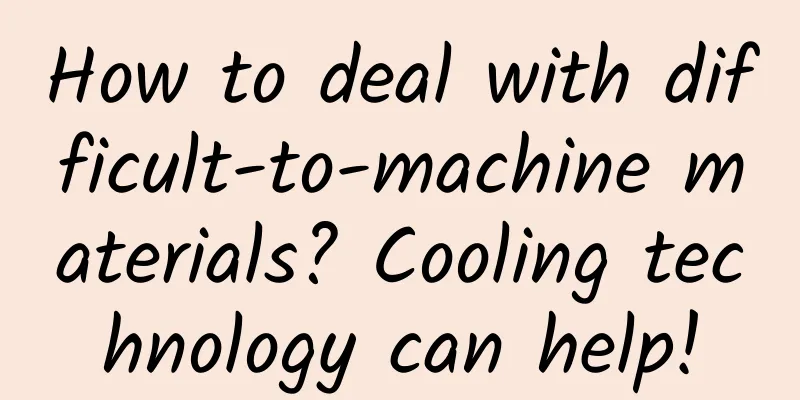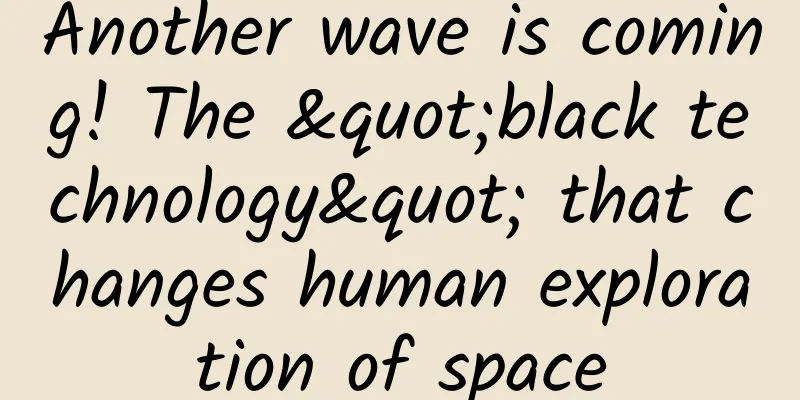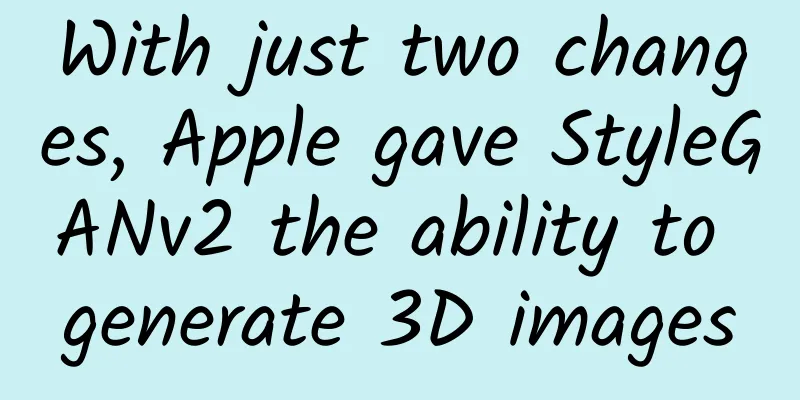How to deal with difficult-to-machine materials? Cooling technology can help!

|
Author: Duan Yuechu Introduction: In modern manufacturing, the processing of difficult-to-machine materials has always been a challenging problem. Studies have shown that increased tool tip temperature is one of the main reasons for short tool life. This article will introduce how to reduce tool tip temperature through cooling technology and improve the processing efficiency of difficult-to-machine materials. 1. The influence of tool tip temperature on tool life and processing quality During the machining of difficult-to-machine materials, the friction between the tool and the workpiece generates a lot of heat, which can cause adhesive wear and diffusion wear on the rake face and side of the tool, accelerate thermoplastic deformation, and thus reduce the tool life and machining accuracy. 2. Application of cooling technology in reducing tool tip temperature In order to reduce the tool tip temperature, improve tool life and machining quality, people cut with coolant supplied. The traditional coolant supply method only effectively cools the area around the cutting area at low pressure. When higher cutting heat is generated, the fluid evaporates to form a high-temperature vapor barrier, and most of the supplied fluid does not penetrate into the area near the cutting area. 3. Advantages of high pressure coolant In recent years, high-pressure coolant technology has been gradually applied to the processing of difficult-to-process materials. High-pressure coolant can overcome the defects of traditional coolant supply methods, effectively reduce tool tip temperature, reduce tool wear, and improve processing quality. 4. Effect of Ultrahigh Pressure Coolant (UHPC) on Tool Wear and Processing Quality In this study, the authors designed an end mill prototype with internal coolant nozzles (front and rear face) and performed CFD (Computational Fluid Dynamics) simulations to find out a relatively effective coolant supply method in which the coolant mainly penetrates into the cutting zone of the rear face. The experimental results show that the use of ultra-high pressure coolant (UHPC) can significantly reduce tool wear and improve the roughness of the workpiece material. V. Conclusion By using high-pressure coolant and ultra-high-pressure coolant (UHPC), the tool tip temperature during the processing of difficult-to-process materials can be effectively reduced, tool life can be extended, and processing quality can be improved. This provides a new technical means for the modern manufacturing industry to process difficult-to-process materials, and has broad application prospects. In the future, we will continue to study the application of cooling technology in the processing of difficult-to-process materials and look for more efficient and environmentally friendly cooling methods to promote the sustainable development of the manufacturing industry. References: A Study on Prototype of End Mill for Ultra-High Pressure Coolant Supplying from Flank Surface Side Using Fluid Simulation | Scientific.Net https://www.scientific.net/AST.139.3 |
<<: Hehe, who is not a "dragon"?
>>: 4 tips to help you get a good night's sleep, use them before going to bed tonight!
Recommend
The third issue of Wanquan Baidu screen dominance fast ranking, quickly obtain ranking traffic
SEO fast ranking technology Wanquan: Baidu SEO fa...
Players have never been rich. The civilian route is not the only way out for video games.
I recently read an article titled " Gamers a...
How to become a CHO with a million-dollar annual salary - Hejun Chief Human Resources Officer (CHO) Phases 3, 4, and 5
The fifth phase of Hejun Chief Human Resources Of...
15 key activity designs in the social network operations of 5 major brands
When it comes to community operations , many peop...
Can't resist the "sweet temptation"? Why not give it to "red, orange and green"?
This is the 4582nd article of Da Yi Xiao Hu News ...
How does Tmall create anthropomorphic IP?
People say that the "New Year atmosphere&quo...
LeTV pioneered the concept of smart TV ecosystem: Blindly following the trend will not work
In order to seize the entrance to smart TVs, major...
Trump's wife tested negative for the new coronavirus, is it true?
According to reports, US President Trump stated a...
How to promote wedding photography? Mayu platform marketing and promotion strategy!
With the arrival of summer, the wedding photograp...
Apple iOS 15.4 Beta 2 released, fixes the bug that iPhone still uploads recordings after turning off "Siri & Dictation" analysis
On February 9, Apple released the latest iOS 15.4...
Can refusing to follow the trend of IP help the rise of Chinese animation?
As intellectual property becomes more and more in...
May Day holiday arrangement 2022: Which specific day will classes be made up for May Day? Which shift last week did you take off? Attached is the latest notice!
The May Day is just a few days away. According to ...
4 steps to product advertising conversion: analysis of search advertising conversion
The ultimate goal of search advertising is to bri...
It’s hard to get one even with a price increase of tens of thousands: Are foldable phones the future trend or a niche demand?
“What’s your prediction? How many thousands will ...
What is the difference between a programmer and an engineer?
[[152894]] When I first started working, the inte...









